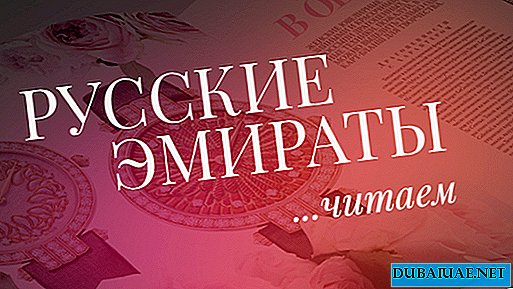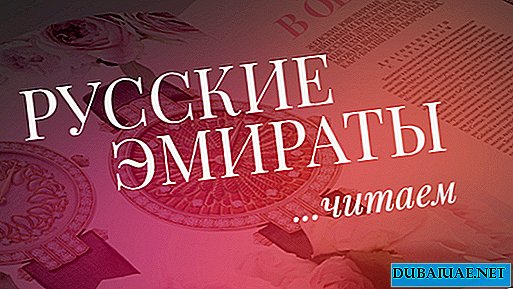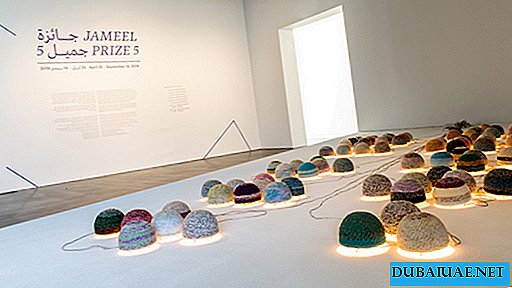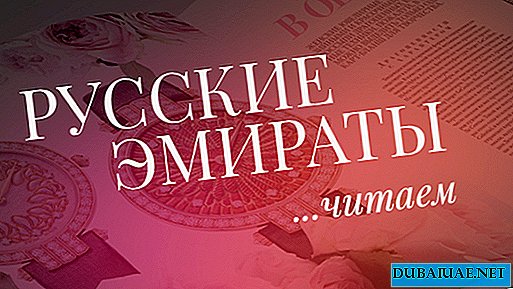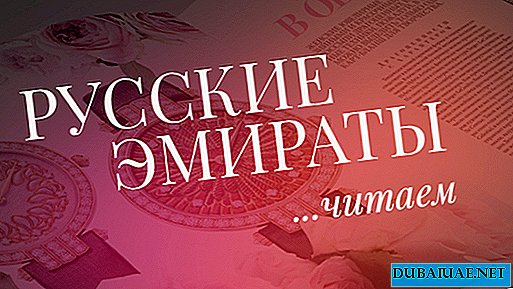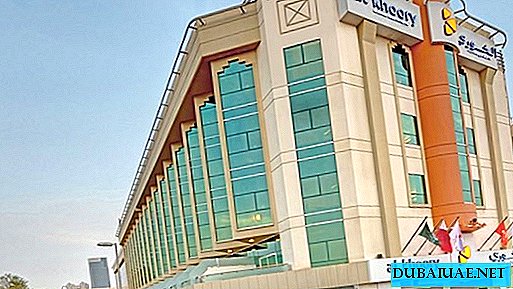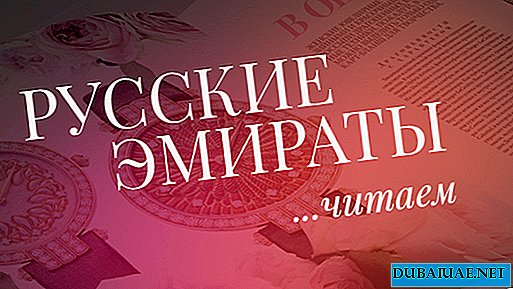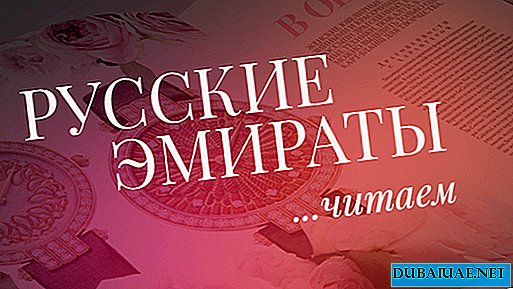MIRA AL BOVARDI - YOUNG AND TALENTED EMIRATE ENTREPRENEURSHIP AND AUTHORITIES EXPERT IN THE FIELD OF ART. HER PASSION FOR EUROPEAN ART HAS LIVED IN THE PETIT PALAIS INTERIOR BOUTIQUE, FOUNDED BY IT IN 2012 IN DUBAI. THE INTERIOR IS PERFORMED IN THE PALACE STYLE AND BY THEIR FILLING REMINDS A COMFORTABLE MUSEUM WHERE IT IS POSSIBLE TO MAKE A JOURNEY BY ERA. WE MET THE WORLD TO TOUCH HISTORICAL ROOTS, TALK ABOUT CULTURAL TRADITIONS AND DISCUSS THE MODERN TRENDS OF THE HOME DECOR.
Peace, good afternoon. Please tell us about yourself and how the idea of the "Small Palace" was born.
Mira: I grew up in Abu Dhabi and graduated from the American Institute in Sharjah with a degree in Marketing and Branding. We can say that I am an entrepreneur by vocation. There are a lot of ideas in my head, I always think how to help my country and make it better. I am not an interior decorator, but art and design have always been my passion. The idea to create a unique boutique with museum reproductions and exclusive exhibits was born about three years ago.
We found a villa in the center of Dubai, almost by accident, and began to decorate it. Inspiration was the work of the famous master Alberto Pinto, as well as the interiors of the Four Seasons hotels in Paris and Florence, made in the classical palace style. This style satisfies the taste of both locals and Europeans living in the UAE. Therefore, from the very beginning we occupied our niche in the market, which was empty before us.
The interiors of the Petit Palais resemble the Hermitage. Have you been to Russia?
Mira: I would really like to go. First of all, to look at the Winter Palace.
We meet on the eve of International Women's Day. Is it easy to be a female entrepreneur in the UAE?
Mira: Very simple. Of course, business cannot be opened in one day, but the government is making a lot of efforts to improve these processes. I would like to recall that women in the Persian Gulf have always been engaged in business, this is not an innovation. Even before the unification of the emirates, they constantly worked - they baked for sale, grew vegetables, sewed clothes - in order to survive and feed their children. After oil was found here, education began to develop, and many women began to engage in office work. And only 10-15 years ago a new era of female entrepreneurship began.
Emirates are mainly engaged in the fashion industry and cooking. Among them are many working mothers. I would like to give one example. Five years ago, I received a box of cakes from my neighbor Hind Al Mullah, which read "Hello from Home Bakery."
Hind started baking at home and found customers through friends and social networks, and today her bakery at the Galleria Mall in Jumeirah is one of the most famous in Dubai, here she drinks coffee at least once a week, His Highness Sheikh Mohammed bin Rashid Al Maktoum, UAE vice president and ruler of Dubai. Another good example is the fashion brands DAS Collection and HF, engaged in tailoring abay and evening dresses. And there are many more successful Arab fashion designers in the UAE. After all, Abaya is a part of our national identity and cultural heritage, a manifestation of patriotism, if you like.
The cultural landscape of the United Arab Emirates is rapidly changing. How do you think this could affect local culture?
Mira: Indeed, the Louvre Abu Dhabi will open this year. We have been waiting for this event for 10 years since my father, who works in the metropolitan government, brought home the first drawings of the new museum. Today, museums are becoming global, they are selling their names to branches around the world, and it is very pleasant for me that the first branch will open in the UAE. Following it will be opened the Sheikh Zayed National Museum and a branch of the Guggenheim Museum. Abu Dhabi turned towards art. We not only do not lose the local culture - we enrich it with grandiose projects. We are very proud of our history and heritage: many festivals take place throughout the year, where you can get to know them better.
Are family values changing?
Mira: First, I would like to dispel stereotypes and talk about polygamous marriages in our history. Even 50-60 years ago, when the Bedouins roamed the desert, fleeing tribal wars, many women remained widows, some were sick and could not have children. If a tribe walked through the desert and met a lonely woman, it was obliged to accept her in order to save her life. Medicine at that time was not developed, and one infection could instantly kill an entire family. Marriage was not perceived as pleasure, and there was no jealousy between the wives either. When Sheikh Zayed unified the country, he said: "We must build a nation. We have enough schools and hospitals. Have more children."
Therefore, for the generation of my mother, the second and third wives in the family are simply a desire to have more children. If we talk about our generation (Mira Al Bovardi - 28 years. - Note. Ed.), Today large families have become a luxury, many can not afford their maintenance. Nevertheless, thank God, families with five, six or more children from one spouse in our time are not uncommon.
Back to the decor. Please tell us how the Emirate’s house is arranged. Why internal luxury does not affect the facades, as, for example, in Europe?
Mira: As a rule, the Emirate’s house has a courtyard and two halls, or Majlis, for receiving guests - male and female. Although recently, these differences have been erased. The modern architectural style of Arabia has developed under the influence of two reasons - a hot and humid climate and the characteristics of social life and religion. In the past, when there was no air conditioning, houses were built with barges, through which cool air entered. Today, this need has disappeared. In addition, the houses adjoined each other, forming alleys called “Sikka”, where the cold air also “walked”, and the shadow from the buildings made it possible to hide from the scorching sun. I would not say that such buildings looked poor - just modest and simple. Small windows with patterned bars called "Mashrabiya" ensured the inviolability of personal space, especially women. Modesty is what is crucial for our culture, along with self-education and enrichment of the soul with prayer.
What is the difference between traditional Arab and Islamic cultures when it comes to interior decoration? Are there any prohibitions, for example, on the use of portraits or sculptures?
Mira: It’s difficult to detect the difference, since Islamic culture has absorbed the Arab culture in more than 1.5 thousand years of coexistence. Traditional elements of Islamic decor - calligraphy, geometric patterns, color patterns and water. Figures of people, animals and nudity are not welcome, but in many emirate houses you can find paintings depicting Arabian horses or falcons. However, in these rooms it is forbidden to pray.
What is the perception of European art by the emirate community, including accessories?
Mira: Emirates show great interest in European art, and among us there are many who have received degrees in art, have good taste and are able to distinguish real masterpieces. In the 80s, collecting works in the style of Orientalism was very popular, but today modern and abstract art are in fashion.
Accessories are also in demand - especially porcelain, for example, beautiful tea sets. After all, we constantly arrange afternoon tea parties.
How can you characterize the feeling of beauty inherent in the emirates?
Peace: From classic to modern, or the eclecticism of both styles. To decorate the house, they buy furniture designed in these styles, paintings and oriental carpets. Beauty, from my point of view, lies in the proportions and the right combination of decor elements, but not in style or color scheme.
What is your favorite era?
Mira: If we talk about fashion, then the 60s: makeup and clothes of that time are best suited for me. My favorite artist is Claude Monet, I find his masterpieces very romantic, and I also love still lifes. If we talk about architecture, I would single out Frank Gehry - his work is modern, meaningful and very original.
What do you recommend giving as a gift to your Arab friends?
Mira: The best gift is your sincere friendship. We value long-term friendships above all.


